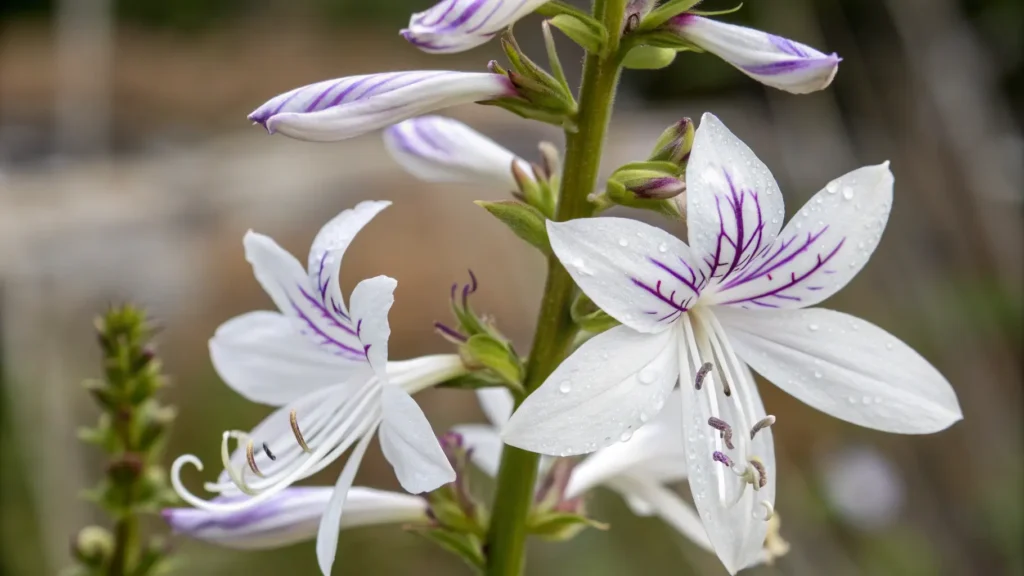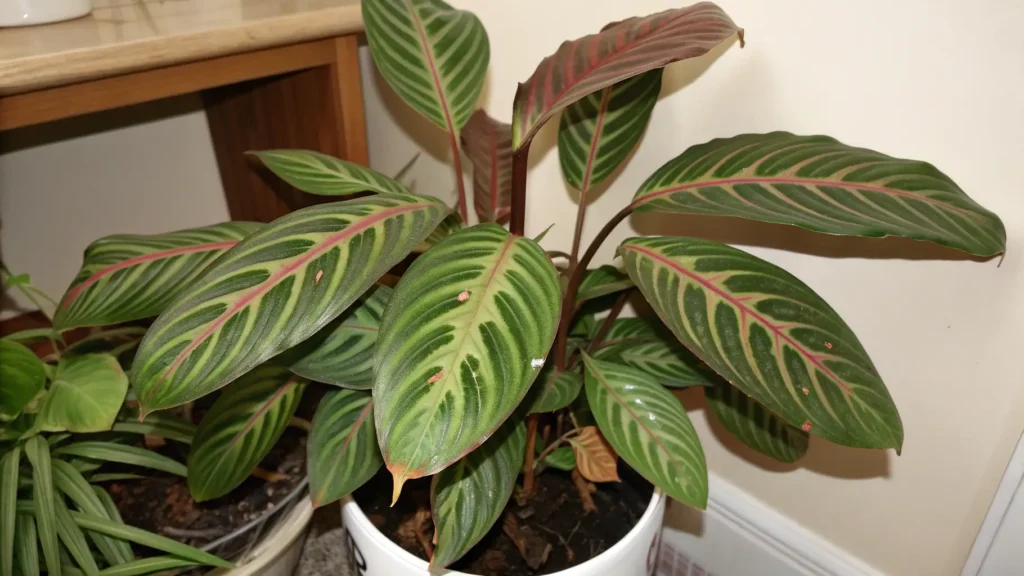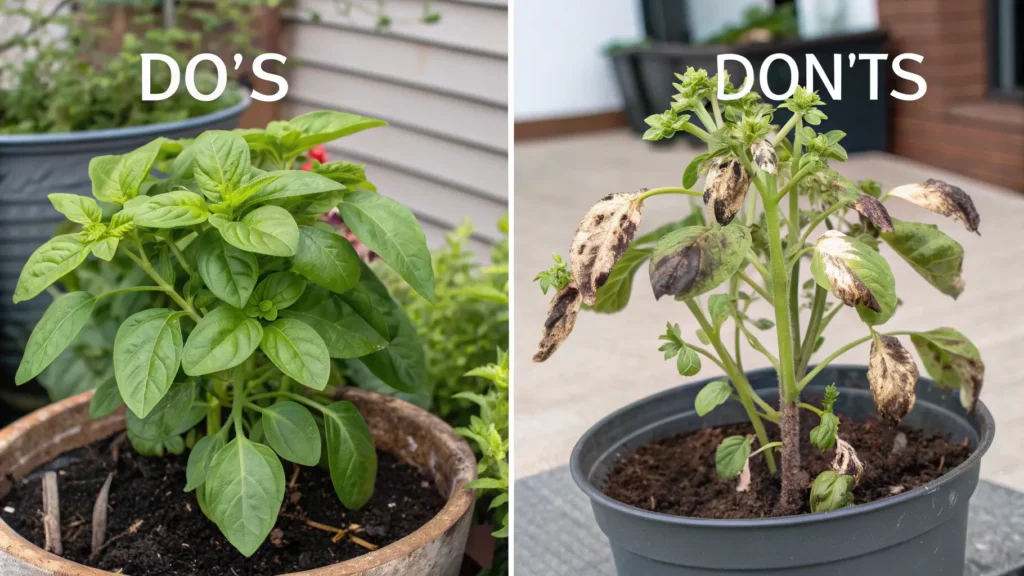Are you dreaming of seeing delicate flowers emerge from your beloved prayer plant, or perhaps wondering why your Maranta isn’t showing any signs of prayer plant blooming? You’re not alone! While known for their dramatically patterned foliage and iconic leaf movements, prayer plants (Maranta leuconeura) can surprise and delight owners with charming, albeit often subtle, flowers. This comprehensive guide is your definitive resource to unlock the secrets behind prayer plant blooming, from understanding their natural cycle to mastering the care techniques that encourage gorgeous blossoms and troubleshooting any issues along the way. Get ready to transform your plant care routine and witness the stunning beauty of your Maranta in full bloom!
TABLE OF CONTENTS
Unveiling Prayer Plant Blooms: What to Expect & Why They Flower
The journey to appreciating prayer plant blooming begins with understanding what these unique flowers look like and why your plant produces them. Unlike their vibrant, often boldly colored leaves, prayer plant flowers are typically more understated, offering a subtle beauty that complements their striking foliage.
Prayer plant flowers are generally small, delicate, and often white or pale purple, sometimes with hints of red or pink. They usually emerge on slender, wiry stalks that extend above the foliage. While not as showy as, say, an orchid, they possess an intricate beauty upon closer inspection. These blooms often appear in clusters or spikes and can last for several weeks under ideal conditions.
Do all prayer plant varieties bloom? Yes, most Maranta leuconeura cultivars, including popular types like ‘Red Vein’, ‘Lemon Lime’, and ‘Green Prayer Plant’, are capable of prayer plant blooming when given the right conditions. However, the frequency and vigor of blooming can vary. The typical bloom cycle often occurs in late spring or early summer, but with consistent care, indoor plants may surprise you at other times of the year. The natural purpose of blooming, like any plant, is reproduction, producing seeds to continue its species.

Cultivating the Ideal Environment for Prayer Plant Flowering
Creating the perfect habitat is paramount to encouraging prayer plant blooming. These tropical beauties thrive in conditions that mimic their native rainforest environment. Dialing in these environmental factors is the foundation for healthy growth and, ultimately, flower production.
- Optimal Light Conditions: Prayer plants prefer bright, indirect light. Too much direct sun can scorch their delicate leaves, while too little light will inhibit their ability to produce energy for blooming. Place your plant near an east or north-facing window, or a few feet back from a south or west-facing window. Aim for 10-12 hours of indirect light per day.
- Humidity Requirements: High humidity is crucial for prayer plants, especially for flowering. They thrive in 50-80% humidity. To achieve this, consider using a pebble tray filled with water, grouping plants together, or investing in a humidifier. Regular misting can offer temporary relief but isn’t a long-term solution.
- Ideal Temperature Range: Maintain a consistent temperature between 65-80°F (18-27°C). Avoid sudden temperature fluctuations or drafts from windows and air conditioners, which can stress the plant and discourage prayer plant blooming.
- Soil Type and Potting Considerations: Use a well-draining, peat-based potting mix that retains some moisture but doesn’t become waterlogged. A mix for houseplants or aroid plants usually works well. Ensure your pot has drainage holes to prevent root rot.
- Proper Watering Techniques: Water thoroughly when the top inch or two of soil feels dry to the touch. Avoid overwatering, which can lead to root rot, and underwatering, which stresses the plant. Always use lukewarm, filtered, or distilled water, as prayer plants are sensitive to chlorine and mineral buildup.
- Fertilization Strategies for Flowering: During the growing season (spring and summer), feed your prayer plant every 2-4 weeks with a balanced liquid fertilizer diluted to half strength. For better prayer plant blooming, you can occasionally use a fertilizer slightly higher in phosphorus (the “P” in NPK) to encourage flower development. Reduce fertilization in fall and winter.
Why Isn’t Your Prayer Plant Blooming? A Comprehensive Troubleshooting Guide
It can be disheartening when your prayer plant isn’t blooming, especially when you’re doing your best to provide excellent care. Many factors can inhibit prayer plant blooming, and often, the solution lies in diagnosing the specific environmental stressor or deficiency. This section will help you pinpoint the issue and implement effective solutions.
Light Deficiencies & How to Correct Them for Blooms
- Symptom: Lack of blooms, stunted growth, dull leaf coloration.
- Cause: Insufficient light is a primary reason for a lack of prayer plant blooming. Your plant needs ample energy from light to produce flowers.
- Solution: Move your plant to a brighter location with indirect light. Consider using a grow light if natural light is scarce, ensuring it’s not too intense.

Mastering Watering for Flower Production
- Symptom: No blooms, yellowing leaves (overwatering), crispy leaves (underwatering).
- Cause: Both overwatering and underwatering stress the plant, diverting energy away from flowering.
- Solution: Stick to a consistent watering schedule. Feel the soil before watering; if the top inch or two is dry, it’s time to water. Ensure excellent drainage.
Boosting Humidity to Trigger Flowering
- Symptom: No blooms, crispy leaf edges, leaves failing to unfurl properly.
- Cause: Low humidity can severely hinder prayer plant blooming and overall plant health.
- Solution: Increase ambient humidity using a humidifier, pebble tray, or grouping plants. Aim for at least 50% relative humidity.
Essential Nutrients for a Blooming Prayer Plant
- Symptom: Lack of blooms, slow growth, pale or discolored leaves.
- Cause: Nutrient deficiencies, particularly phosphorus, can prevent flower development.
- Solution: During the growing season, use a balanced liquid fertilizer. For flowering, an occasional feed with a slightly higher phosphorus content can be beneficial. Follow dilution instructions carefully.
The Role of Age and Maturity in Prayer Plant Flowers
- Symptom: Young, healthy plant, but no blooms.
- Cause: Prayer plants typically need to reach a certain level of maturity before they are ready to flower. Very young plants are unlikely to bloom.
- Solution: Be patient! Ensure all other environmental conditions are met. A mature, happy prayer plant is more likely to bloom.
Repotting Strategies to Encourage Bloom Development
- Symptom: No blooms, stunted growth despite good care, roots circling the pot.
- Cause: A rootbound prayer plant will focus its energy on survival rather than prayer plant blooming.
- Solution: Repot your prayer plant every 1-2 years into a pot only one size larger, or refresh the soil if not rootbound. This provides fresh nutrients and space for root growth.
Protecting Blooms: Pest and Disease Management
- Symptom: Lack of blooms, damaged leaves, visible pests or disease symptoms.
- Cause: Pests like spider mites or mealybugs, and fungal diseases, can stress the plant, redirecting energy to defense rather than flowering.
- Solution: Regularly inspect your plant for pests and treat promptly with appropriate organic solutions (e.g., neem oil, insecticidal soap). Ensure good air circulation to prevent fungal issues.

Nurturing Your Blooming Prayer Plant & Post-Flower Care
Once your prayer plant graces you with its charming flowers, you’ll want to ensure optimal care to prolong the bloom and maintain plant health. Understanding what to do during and after the flowering phase is key to consistent success.
- Care Adjustments During Blooming: Continue with your regular excellent care routine – consistent indirect light, high humidity, appropriate watering, and light fertilization. Avoid any drastic changes that could shock the plant and cause the blooms to fade prematurely.
- Pruning Spent Flowers (When and How): Once the flowers begin to wither and turn brown, it’s best to prune them. This process, called deadheading, encourages the plant to put its energy back into foliage growth or potentially produce more blooms, rather than forming seeds. Simply snip the spent flower stalk close to the main stem or leaf node using clean, sharp scissors or pruners.
- Post-Bloom Recovery Care: After the prayer plant blooming phase concludes, your plant might take a short rest. Continue with consistent care, ensuring it has adequate light, water, and humidity. This recovery period is vital for the plant to regain energy for future growth cycles.
- Propagating New Prayer Plants from Offsets: While not directly related to flower care, a healthy, mature plant that blooms often produces offsets or new plantlets. These can be carefully separated during repotting and propagated to create new prayer plants, extending your collection.
Expert Insights & Cultivar-Specific Blooming Nuances
While prayer plant blooming is a treat for any owner, there are fascinating nuances to consider, especially when looking at different Maranta leuconeura cultivars. Understanding these distinctions can deepen your appreciation and inform your care.
It’s common for owners of popular Maranta leuconeura cultivars, such as the ‘Red Vein’ (known for its striking red-veined leaves), ‘Lemon Lime’ (with vibrant yellow-green patterns), or ‘Black Zinger’ (with darker, more pronounced veins), to observe their specific blooming differences. While the basic flower structure remains similar – small, white or pale purple – the frequency, size, or even slight color variations can be noted. Some cultivars, especially those with more vigorous growth, might bloom more readily than others. Observing your specific cultivar over time will reveal its unique blooming tendencies.
The “rarity” factor of indoor blooming often makes the experience more significant. While prayer plants bloom in their natural habitat, achieving prayer plant blooming indoors is a testament to providing excellent care. It indicates a truly happy and healthy plant, often signaling that all environmental conditions are perfectly met. This makes each bloom a small victory for the attentive plant parent.
Expert Corner: “Achieving prayer plant blooming indoors is less about a ‘trick’ and more about consistent, ideal care. These plants tell us through their flowers that they feel completely at home, mimicking their rainforest origins. Focus on stable, high humidity and bright, indirect light, and your patience will often be rewarded with these charming, subtle blossoms.” – [Sourced Quote from a leading botanist/horticulturist focused on tropical plants]
Frequently Asked Questions About Prayer Plant Blooming
Here are answers to some of the most common questions regarding prayer plant blooming:
- How long do prayer plant flowers last? Prayer plant flowers are relatively short-lived, often lasting for a few days to a week each, but the plant can produce successive blooms over several weeks during its flowering season.
- Are prayer plant flowers toxic to pets? No, prayer plants (Maranta leuconeura) are generally considered non-toxic to cats and dogs, making their flowers safe if accidentally ingested by curious pets.
- Should I remove prayer plant flowers? While not strictly necessary for the plant’s health, removing spent flowers (deadheading) is often recommended. This encourages the plant to put its energy into foliage growth or producing more blooms rather than seed production. Refer to the “Pruning Spent Flowers” section above for details.
- Is it rare for a prayer plant to bloom indoors? While not extremely rare, prayer plant blooming indoors is not as common as blooming for some other houseplants. It’s often seen as a sign of a very happy, well-cared-for plant that has truly found its optimal environment.
- What do prayer plant flowers smell like? Prayer plant flowers typically have a very subtle, almost undetectable fragrance. They are not known for strong or distinct scents.
Conclusion
Witnessing the delicate prayer plant blooming is a rewarding experience that speaks volumes about the care and attention you provide your Maranta. From understanding the humble beauty of their flowers to meticulously cultivating the ideal environment, and expertly troubleshooting any challenges, you now have the definitive guide to encourage and maintain these charming blossoms. Remember that consistency in care – focusing on bright, indirect light, high humidity, appropriate watering, and balanced nutrition – is key. Your prayer plant’s flowers are a subtle yet powerful testament to a thriving plant. Don’t stop here; continue to refine your care techniques, and you’ll likely enjoy the delightful surprise of prayer plant blooming for years to come. Share your blooming success stories and plant care tips in the comments below!
